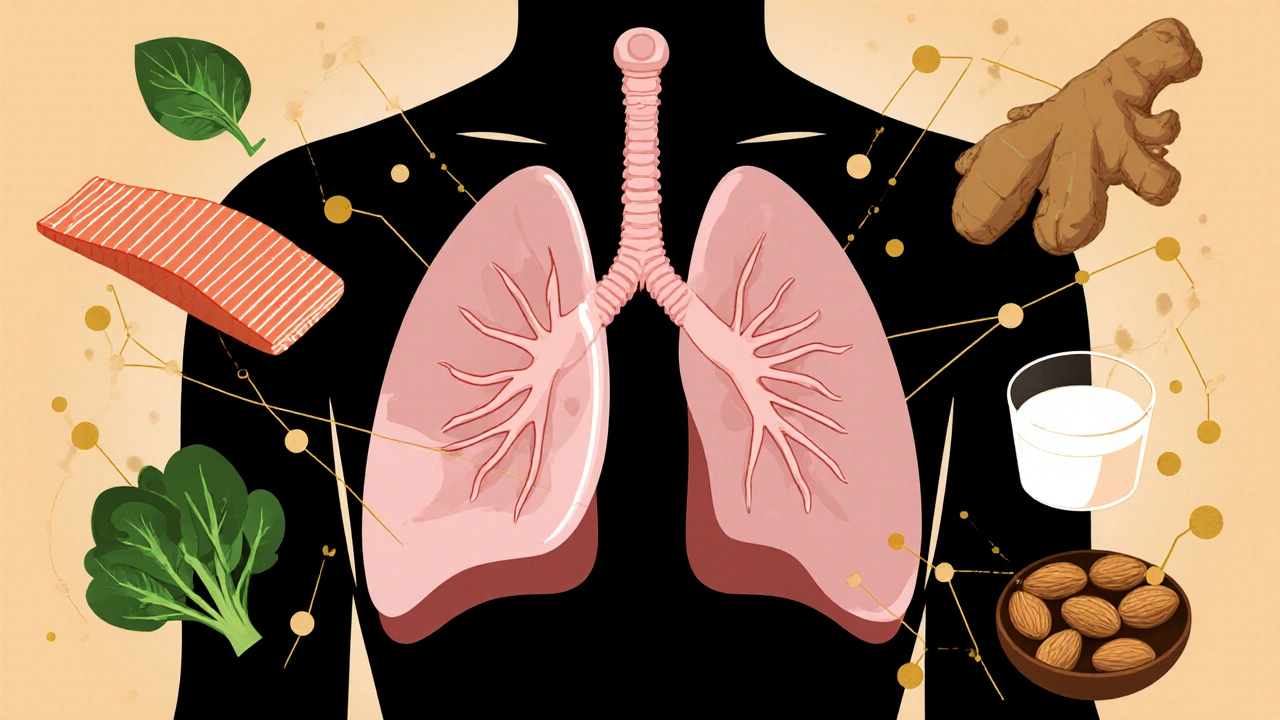Pirfenidone: What It Is, How It Works, and What You Need to Know
When your lungs start to scar for no clear reason, pirfenidone, an antifibrotic medication approved to slow the progression of lung scarring. Also known as Pirfenex or Esbriet, it’s one of the few drugs that actually changes the course of a disease that once had no real treatment. This isn’t a cure, but for people with idiopathic pulmonary fibrosis, a progressive lung condition where healthy tissue turns to stiff scar tissue, it can mean more time breathing without oxygen help. IPF doesn’t come from smoking or pollution alone—it just happens, and once it starts, it rarely stops. Pirfenidone doesn’t reverse damage, but it slows it down, giving patients months, sometimes years, of better quality life.
Pirfenidone works by calming the body’s overactive healing response. In healthy lungs, scar tissue forms temporarily to fix injury. In IPF, that process goes haywire. Cells keep making collagen, the protein that builds scar tissue, even when there’s no injury. Pirfenidone steps in and reduces the signals that drive this runaway scarring. It doesn’t fight inflammation like steroids do—it targets the fibrosis itself. That’s why it’s paired with other supportive care: oxygen, pulmonary rehab, and monitoring lung function over time. You won’t feel better right away. Most people take it for months before noticing any difference. But if your doctor recommends it, it’s because your lung function is still good enough to benefit—and early use makes the biggest difference.
Side effects are common but manageable. Nausea, loss of appetite, and stomach upset hit about half of users, especially when starting. Sun sensitivity is another big one—you can get sunburned just walking to your mailbox. That’s why wearing sunscreen, hats, and long sleeves isn’t optional. Liver tests are checked monthly at first. A small number of people have to stop because of liver changes or severe rash. But for most, these issues fade after the first few weeks as the body adjusts. The key is sticking with it. Skipping doses or stopping early means losing the benefit.
Pirfenidone doesn’t work for everyone, and it’s not used for other lung diseases like COPD or asthma. It’s specific to IPF. But for those diagnosed, it’s one of the few tools that gives real hope. What you’ll find in the posts below isn’t just drug facts—it’s real-world insights from people managing this condition, tips on handling side effects, how to talk to your doctor about dosing, and what to expect over time. These aren’t generic guides. They’re practical, lived experiences tied to the science of pirfenidone and the daily reality of living with IPF.






